WHAT HAND PADDLES SHOULD I USE?
Swimmers love their gear, and one of the most common questions I hear is, "What hand paddles should I use?"
Let me stop you right there. I implore you to ask a much better question first: What do I need paddles for?
If your answer is, "I don't know, everyone else uses them," or "They make me feel faster," then you should probably put your wallet away. This guide will explain why paddles can do more harm than good and help you choose the right type if you actually need them.
Dive Into: A Swimmer's Guide to Hand Paddles
- The Real Question: Do You Even Need Paddles?
- The Different Types of Hand Paddles
- The Bottom Line: Choose Wisely
- Frequently Asked Questions
The Real Question: Do You Even Need Paddles?
If you feel you need paddles because you want to feel more powerful or swim faster, then chances are you should keep wondering. Trust me. Your shoulders will thank me later.
There is a high possibility that the paddles you are using will do more damage to your stroke and your body than good.
You will not have any benefit from them, except maybe thinking you are swimming faster or that you were clever to spice up your swim workouts to be less boring.
Paddles are an advanced piece of swimming gear that should only be used by swimmers with correct technique or by those working on a specific part of their stroke.
So if you find yourself asking the question "what paddles should I use?", then just save yourself the hassle of going down the cul de sac and of wasting your money.
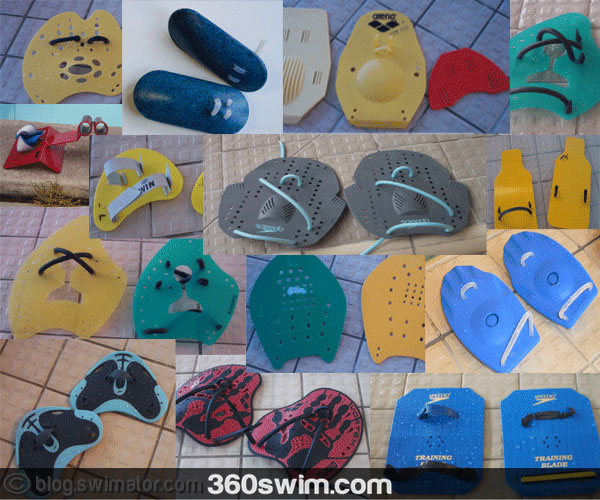
If you are just starting out, you are better off focusing on improving your stroke through body positioning drills and proper kicking.
However, if you are still wondering what paddles are for and whether you need them, let's explore the idea of what swim paddles to use and for what.
The Different Types of Hand Paddles
There are literally hundreds of different types of paddles including plain square pieces of plastic with holes in them, more sophisticated palm molded paddles, paddles with vertical protrusions, finger paddles, humongous sprint ores, backstroke forearm paddles, or antipaddles.
So, it is no wonder many swimmers blindly follow the trends of what equipment they see the top athletes using, not realizing that the pros have totally different needs in terms of hand paddles compared to someone who is just starting out with a triathlon or pool swimming.
To simplify it, there are basically, three main paddle families:
-
1) Strength Paddles: These are the most common type, simple pieces of plastic that make your hand larger. Their only purpose is to make you exert more strength throughout your pull.
-
2) Technique Paddles: These are paddles specifically designed to improve your technique. These are the paddles that anybody could benefit from and are the smartest choice for most swimmers.
-
3) Swim Gloves: These aren't traditional plastic paddles, but webbed gloves that increase your hand's surface area. Their primary purpose is to help swimmers who struggle with keeping their fingers and palm relaxed, teaching a better feel for the water.
Strength Paddles (and How to Use Them Safely)
The majority of paddles are just simply pieces of plastic that have no other purpose, except to make your palm larger, therefore making you exert more strength throughout your pull.
Most of these plastic molds have some sort of holes in them to allow water to properly stimulate your palm during the usage, so at least some feeling for water is retained after you take the paddles off.
Personally, I don't recommend extended use of these paddles to anyone unless their stroke is up to par with being efficient and effective, otherwise, it is just painful to watch :).
However, if you do want to use them, follow these rules to protect your shoulders:
- Go Small: Be sensible and buy a pair that is only slightly larger than your hand.
- Ditch the Wrist Strap: Most paddles come with wrist and finger straps. Get rid of the wrist strap and use only the middle finger strap.
- Use it as a Test: By removing the wrist strap, the paddle will fall off if your hand enters or pulls through the water incorrectly. If you can keep it on, it's a good indication your technique is sound.
- Use Sparingly: Do not swim your entire workout with paddles. Add a set here and there, but don't use them every day.

Technique-Focused Paddles
A smaller subset of the paddle family form paddles specifically designed to improve your technique.
These are the paddles that anybody could benefit from and unfortunately are not considered cool to buy as the simple pieces of plastic.
Smart swimmers utilize technique paddles the most. These tools are designed to fix specific flaws.
I've already mentioned a couple of my favorites in previous posts:
- The TechPaddle for improving your early vertical forearm (high elbow catch).
- The Antipaddles to help you with better water perception and "feel" for the water.
- The Palm Paddles , which are similar in function to the Antipaddles above
I'd definitely recommend the use of these types of paddles on an almost daily basis until your stroke feels right.
Stroke-Specific Paddles
In addition to the main types, there are also paddles designed for individual strokes. For example:
- Breaststroke paddles are usually tiny triangle like pieces. They allow you to utilize your hands early, so you can start your catch sooner. Because of their small size, they also put less pressure on your shoulders.
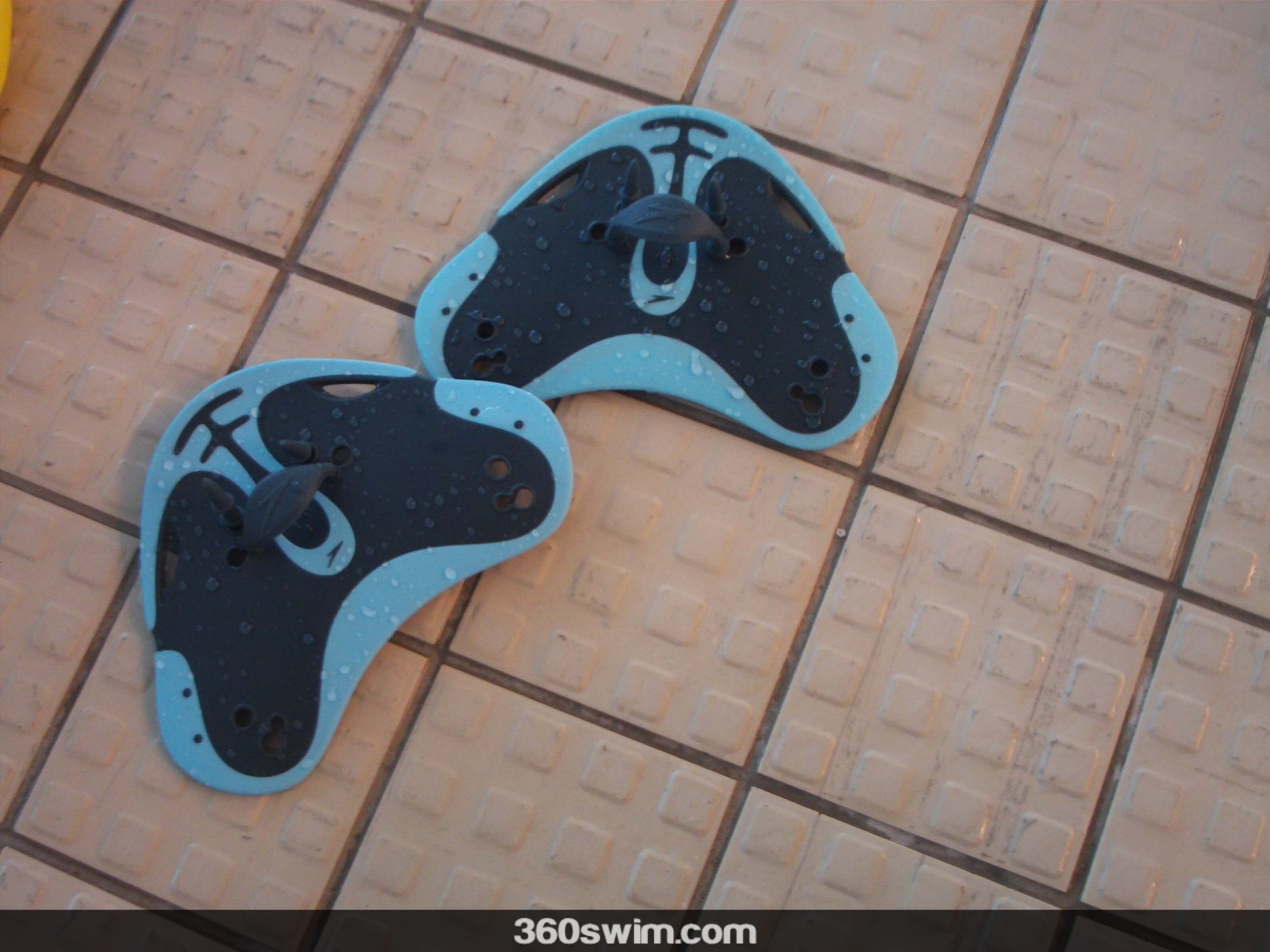
- Backstroke paddles which span from your fingers to your elbow, covering your forearm, allowing you to focus on better catch.
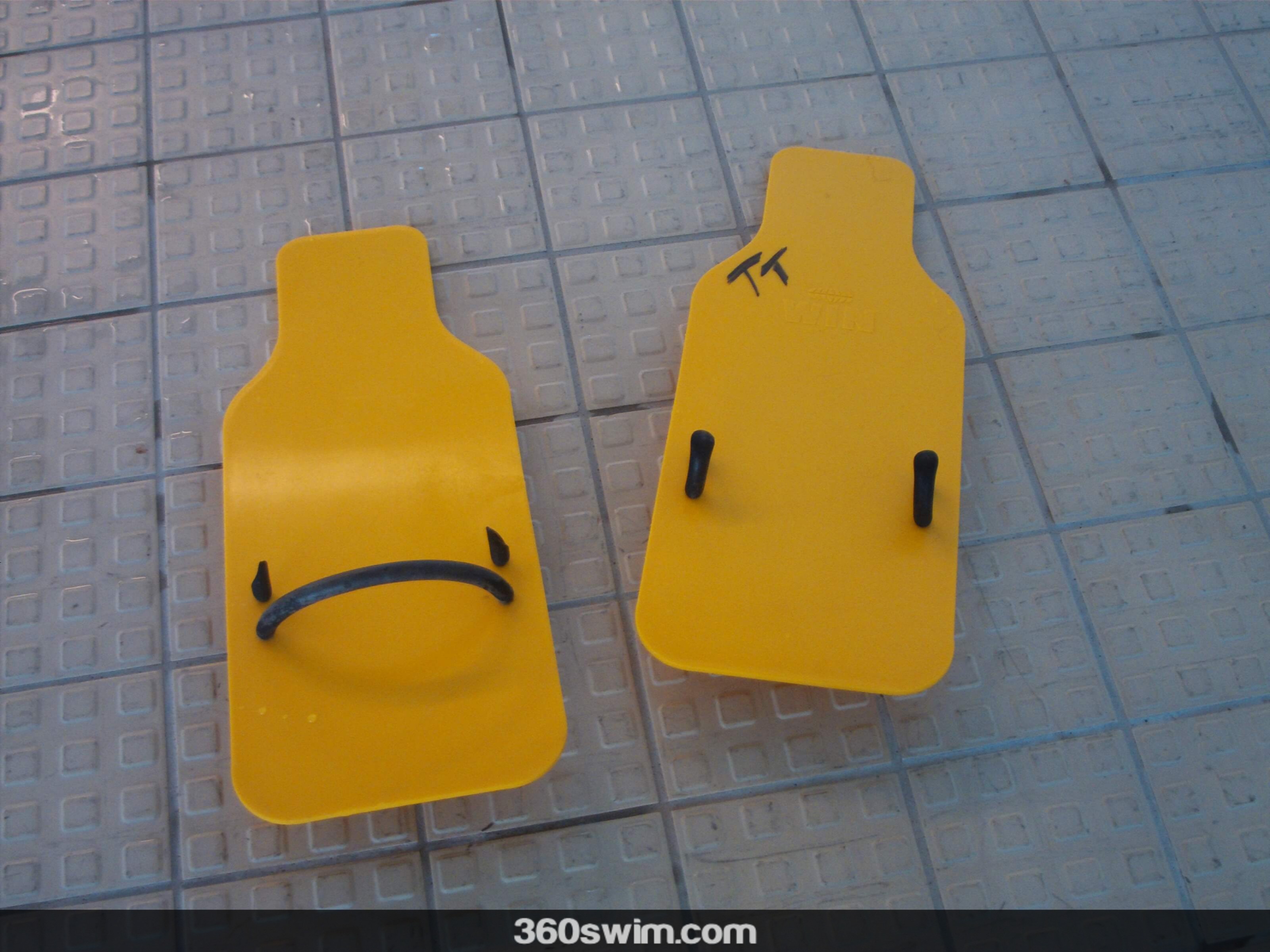
-
Sprint freestyle paddles with the front part of the paddle bent in an angle down, allowing you to get into the catch much sooner than with regular flat paddles.
-
Freestyler paddles with a vertical piece of plastic for helping you get rid of the thumb first entry into the water. etc. etc.
-
Agility paddles with only a hole for your thumb to keep your stroke true. Deviate from correctness and you will lose them.
Swim Gloves
Finally, there are hand paddles that look more like gloves than paddles with membranes between fingers, so they are not really called paddles. They serve a very similar purpose in terms of increasing the surface area of your palm.
If you are struggling with the proper finger/palm relaxation in the water, in other words, if your hand is too tight or fingers are spread too far apart, the glove paddles actually do wonders for this problem.
There are a few kinds, ranging from neoprene to rubber material and from fingertips cut off to full-blown gloves.
I am not a big fan of the gloves where the fingertips are cut off as it does not feel natural having the water enter the glove every time you push off the wall or put your hand into the water.
If you are going to choose this type of glove, use the full-blown glove with no openings at the fingers and as thin of a material as you can find.
I got my hands on a set of interesting gloves, called Darkfin, which are mainly used for ocean water sports, however, they can be totally utilized for swimming as well.
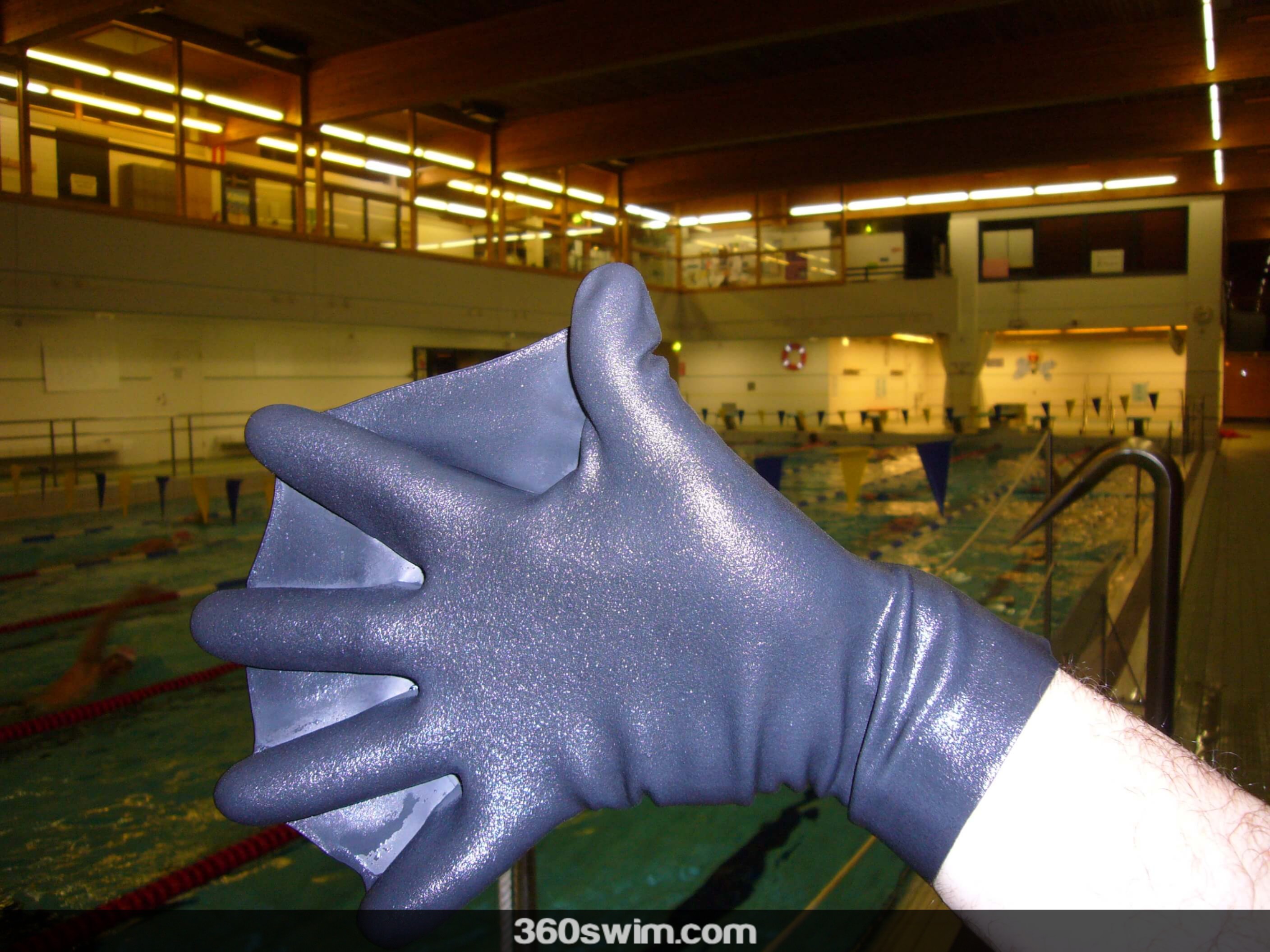
The Bottom Line: Choose Wisely
As you can see, the paddle family is a complicated beast. It is much easier to follow a faulty trend than to spend the time and research what is actually good for you.
Swimming with the wrong paddles with the wrong stroke is like lifting heavy things with your back instead of your legs and we all know how that ends.
If, after all this, I've convinced you that you don't need to invest in hand paddles but you still want to buy some swim gear, get a front-mounted snorkel instead.
BONUS TIP: There are more exercises you can do with paddles than what they were originally made for. Check out the 8 ways to use hand paddles post to learn more creative ways to use them.
Frequently Asked Questions
What is the most important question to ask before buying hand paddles?
Instead of 'What paddles should I use?', you should ask, 'What do I need paddles for?' If you don't have a specific technical goal, you probably don't need paddles and could risk injuring your shoulders.
Are hand paddles good for beginner swimmers?
No. Paddles are an advanced piece of equipment. They magnify any flaws in your stroke and can easily lead to shoulder injuries if used with incorrect technique. Beginners should focus on drills without paddles first.
What are the main categories of hand paddles?
Hand paddles generally fall into three main categories:
- Strength Paddles: To build pulling power.
- Technique Paddles: To fix specific stroke flaws like a dropped elbow.
- Swim Gloves: Webbed gloves that help with finger relaxation and feel for the water.
There is a subcategory of the Technique paddles which are stroke specific, for example: frestyler paddles or breaststroke paddles
What is the best way to use strength paddles safely?
To use them safely, start with a size that is only slightly larger than your hand. Critically, remove the wrist strap and use only the middle finger strap. This forces you to maintain good technique, as the paddle will fall off if you enter or pull incorrectly.
What are some examples of technique paddles?
Technique paddles are designed to fix specific issues. Examples include the TechPaddle for promoting a high elbow catch, Antipaddles for improving your feel for the water, and finger paddles for working on your catch.
What are swim gloves and what are they used for?
Swim gloves are webbed gloves that increase the surface area of your hand. They are particularly useful for swimmers who struggle with keeping their fingers and palm relaxed, as they help promote a better feel for the water.
 LNURL1DP68GURN8GHJ7URP0YHRXD3SWDMKJMFWVDHK6TMVDE6HYMRS9A4HSCNCWFXSH3NN0H
LNURL1DP68GURN8GHJ7URP0YHRXD3SWDMKJMFWVDHK6TMVDE6HYMRS9A4HSCNCWFXSH3NN0H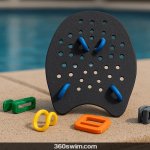

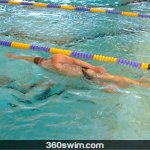


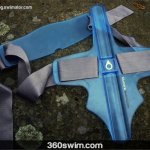
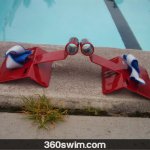
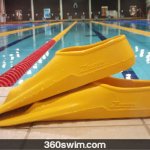
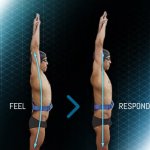

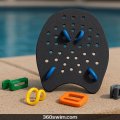
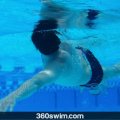
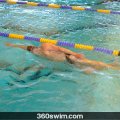


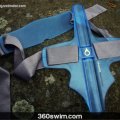
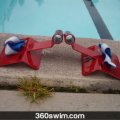
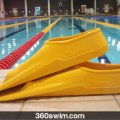
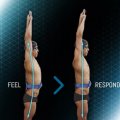














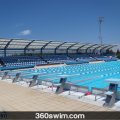
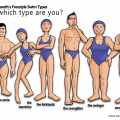




Comments (1)